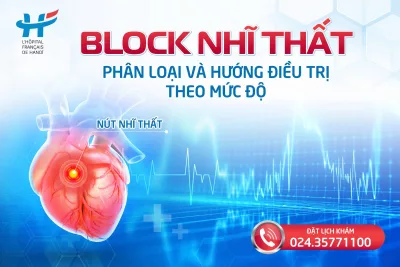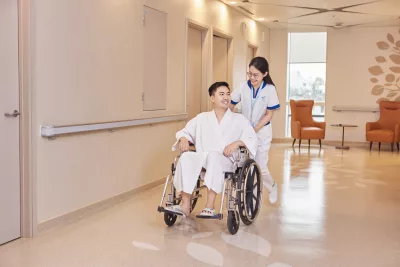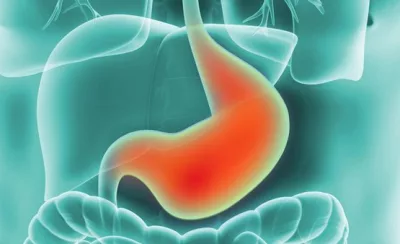What is Congenital Torticollis? Congenital torticollis is a condition in which a newborn’s head tilts to one side while the chin turns to the opposite direction.
What is Congenital Torticollis?
Congenital torticollis is a condition in which a newborn’s head tilts to one side while the chin turns to the opposite direction. Although it may appear uncomfortable, affected infants usually do not feel pain.
Another type, known as acquired torticollis, can develop after birth and often causes both the head and chin to rotate toward the same direction.
Congenital torticollis is relatively common in infants and may cause concern for parents, but the condition is treatable if detected and managed early.
Top 5 Signs of Congenital Torticollis to Watch For
Torticollis in infants is often recognizable by abnormal head posture. The most common signs include a persistent head tilt or limited neck movement.
- Head tilted to one side
One of the most noticeable signs is the infant’s head tilting toward one shoulder. The baby may be unable to hold the head upright or turn it freely in both directions. The head often remains tilted and turned consistently in one direction, even during sleep or play. - Difficulty turning the head
Infants with congenital torticollis may struggle to turn their head, which can affect feeding, play, and social interaction. They may be unable to follow moving objects or faces around them. - Soft lump or small mass on the neck
A palpable lump or mass on one side of the neck is a common indicator. Caregivers may feel a firmer-than-normal swelling along the side of the neck, typically along the sternocleidomastoid muscle. - Flat or asymmetrical head shape
Prolonged pressure from favoring one side may cause positional plagiocephaly (flat head syndrome), making one side of the baby’s head appear flatter than the other. - Sleeping with the head tilted to one side
Infants with torticollis often prefer to sleep on one side only, as turning the head in the opposite direction can be uncomfortable.
If left untreated, muscular torticollis can lead to secondary complications such as cervical spine deformities, scoliosis, strabismus (crossed eyes), facial asymmetry, or skull deformities. Regular check-ups and early medical intervention are crucial.
When to See a Doctor
Congenital torticollis is typically diagnosed within the first two months after birth. Through physical examination and diagnostic imaging, healthcare providers can confirm the condition.
Along with a general physical exam, a doctor may order a neck X-ray to identify the type of torticollis. In certain cases, additional tests such as kidney or pelvic ultrasound may be recommended depending on the suspected cause.
What Causes Congenital Torticollis?
The most common cause is a tight or shortened sternocleidomastoid muscle, which may result from the baby’s in-utero position or trauma during delivery.
Less commonly, torticollis may be due to cervical vertebral abnormalities, where bones in the neck are fused or malformed. This condition is medically known as Klippel-Feil syndrome.
A pediatric specialist will evaluate whether torticollis is associated with Klippel-Feil syndrome, as this condition can be linked to additional complications, particularly affecting the kidneys and hearing. In such cases, stretching exercises may be ineffective or even harmful.
In rare instances, congenital torticollis can be inherited or caused by serious issues like tumors in the spinal cord or brain, which may damage the nervous system.
What to Do if Your Child Has Congenital Torticollis
Upon noticing symptoms, parents should bring their child to a hospital for assessment by a physiotherapist or orthopedic specialist.
Treatment typically involves daily stretching exercises and postural adjustments. While these exercises are simple, they should be performed under a doctor’s guidance to ensure effectiveness and avoid injury.
Parents should encourage the child to turn the head toward the less-preferred side. For example, if the infant avoids turning right, try positioning toys or standing on that side to stimulate movement. Supervised tummy time is also beneficial for neck muscle development.
If detected early, congenital torticollis can often be corrected within a few weeks—ideally between 2 and 3 months of age—with regular exercises. Most children recover completely before their first birthday.
However, if the muscle remains shortened and neck mobility is limited by 18 months of age, surgical intervention may be considered to lengthen the affected muscle.
Prenatal Care and Long-Term Outlook
Although congenital torticollis may not cause immediate pain, it can affect long-term physical development. That’s why prenatal and newborn care is essential.
Mothers should undergo regular prenatal checkups at reputable hospitals to monitor the baby’s health and detect any early issues.
Families can explore the Maternity Care Program at Hanoi French Hospital, which offers a comprehensive care plan for mothers during pregnancy, delivery, and postpartum recovery. Led by an experienced team of obstetricians, the program ensures close monitoring and a safe, healthy birth journey.
Note: This content is for reference only and should not replace professional medical advice. Always consult a licensed healthcare provider for diagnosis and treatment tailored to your child’s condition.
Congenital torticollis is a manageable condition when diagnosed early. With consistent care and proper follow-up, most children can grow and develop normally without serious complications. Parents are encouraged to stay observant and seek medical attention at the first sign of abnormal head posture.








